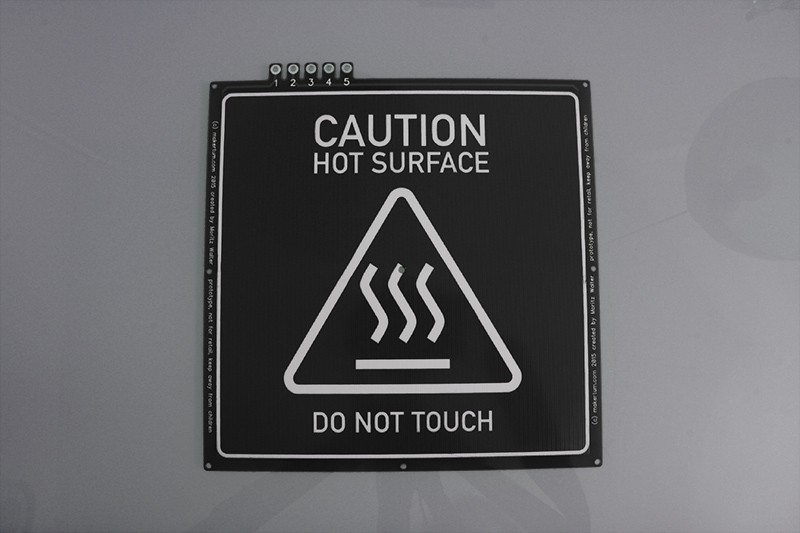While beta testing is still ongoing and feedback starts coming back, I also spent lots of time evaluating the overall quality of the product in a large QFD, which, together with the feedback, will result in one iteration of design changes. Hint: It's going dark. This is how it could look like (the LED will stay onboard, don't worry :)

Until now, I got overwhelmingly positive feedbacks with no serious complaints about the prototypes. However, I'm thinking of offering users more choices in terms of LED colors :) What do you think? I'd be glad to hear more opinions on this in the comments. I'f you're cool with blue LEDs, you might want to grab the last available beta testing kit :)
Design changes
Adding solder pads for NTC / thermistor
On popular request, I'll add solder pads for an onboard NTC. If possible, they will be routed to the back to some pads for the wires. I originally omitted that, since I weighted the board area more valuable to be used for heating traces, especially when they might remain unused if the user prefers a thermocouple. Apparently it looks like virtually everybody uses thermistors, and nobody uses thermocouples on heated beds.
Dismissing LED overcurrent fuse
It has been pointed out to me by several engineers from the beta-testing group that the Picofuse which prevents the LED from overcurrent in case of broken heating traces is overcautious, especially since the corresponding failure scenario is highly improbable and would result in a fried LED at worst. Dismissing the fuse also allows for a single sided and more streamlined LED cover.
New board color: Black
The next generation of boards will have a black solder mask. I noticed potential quality issues with the red soldermask, which always tends to get a shade darker when reflowing and generally with time. Heat accelerates this process, and I guess users would prefer their boards to look the same all the time. Using black solder mask solves this.
Pre-Production
Once the design changes are implemented, I'll approach pre-production. I found a PCB supplier, who showed interest in the project and is willing to help me a bit with pre-production, which is usually frighteningly cost intense, simply because the setup cost will be the same as for a large batch but distributes only over a small batch.
 Moritz Walter
Moritz Walter
Discussions
Become a Hackaday.io Member
Create an account to leave a comment. Already have an account? Log In.
Hi @Moritz Walter , has there been a measurement of heat-up time? How long does it take to reach, say 60C?
Are you sure? yes | no
Hi @Hasan Yavuz Özderya, you can see the results of the temperature graphing here: https://hackaday.io/project/8671-110-230-v-pcb-heated-bed/log/29744-temperature-graph-breathing-more-testing It reaches 60 °C in about 30 seconds.
Are you sure? yes | no